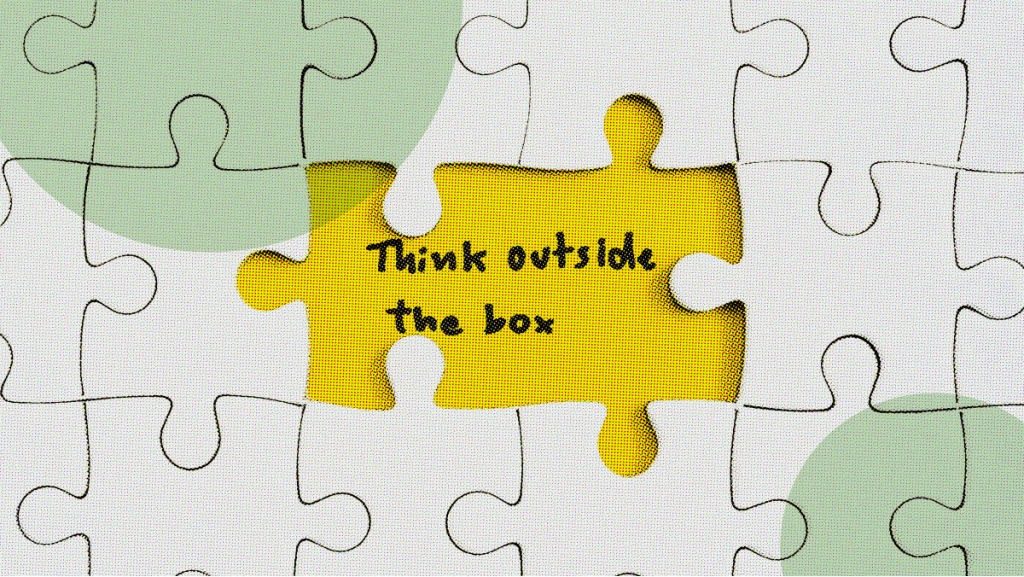Are you an aspiring VR designer looking to create a world full of magic? Starting in a new field can feel overwhelming sometimes (especially when it’s virtual) but not when you are equipped with the right knowledge. Virtual Reality has gained its due credit over the past couple of years and is growing as a field rapidly. So if you are looking to build a career in VR, go for it! Today we will help you with the best tools and skills required to start learning Virtual Reality.
Before we dive in, let’s briefly understand what Virtual Reality is exactly. Virtual Reality is a simulated experience that can resemble the real-world or can be completely imaginative. A user interacts with this 3D virtual environment using electronic devices such as head-mounted displays, googles, or a glove with sensors.
To build your own creative world with VR, below are some tools that will help you get started on this journey.
Tools for a VR Designer
1. Unity
Unity is an easy platform to onboard with tutorials to help you get comfortable with the interface. You can download Unity for VR for free and get started with it right away! The platform offers various tools that can help bring your idea to life. Once the product is successfully designed, you can view all your work directly using a headset with the help of Unity’s preview mode.
Due to these reasons, Unity for VR is known as one if the fastest tools to build prototypes. So for beginners, where you don’t want to spend too much time figuring out your next step, Unity for VR is a great platform that guides you through and through.

2. Google VR for everyone
VR platform from Google is called Google VR for everyone. As the name sounds, it is open-source and available to everyone through its website portal. The open-source nature of this platform will help you work faster on projects and have them ready. The platform also provides documentation and onboarding instructions for a smooth user experience.
Google allows the development of VR for proprietary as well as open-source hardware. The proprietary VR development is targeted towards Google’s in-house VR “Daydream” while the latter is aimed at manufacturers who widely produce and sell affordable Cardboard headsets.

3. Unreal engine 4
Unreal Engine 4, also known as UE4, is a competitor to Unity in the gaming and VR space. Tom Clancy’s Rainbow Six series game gave UE4 the global identity of developing realistic applications. UE4 is a combination of standalone and web applications. It allows designers to access and download assets published by other authors on the store. Even this tool comes with detailed documentation of the assets, in case someone might need to understand the workings.
Unreal Engine 4 makes collaborations easy as it allows multiple people to work on real-time projects along with a flexible visual-code editor. It also has a blueprinting style of visual scripting which helps designers to develop prototypes quickly.

As a beginner, these tools would prove to be of great help to you. Now let’s briefly look at the skills that you need for a career as a VR designer. As a designer, making VR apps will require immense creativity. You need to create an immersive environment where users would feel comfortable and would want to spend their time; for this, you need to be well-versed with the design process for VR UX.
Skills that you need as a VR designer
1. Storytelling
Since you are creating a world from scratch (sort-of), you should be able to pull your thoughts from imagination to (virtual) reality. A story will let users know what action is expected out of the next. Without a story, the experience will not make sense and might result in a poor user experience.
A defined narrative keeps the user going and helps shape a positive experience.

2. Improvisation
No, we have not shifted to talking about a career in stand-up. Improvisation in simpler terms means modifying or adding on top of your initial idea depending on what’s in front of you. Incorporating ideas on the go can help make the product extraordinary. You might not have thought of something to start with, but prototyping might skyrocket your creativity. Make sure that you don’t box yourself with just what was agreed on during the initial brainstorming.

3. Imagination
Now, you are not just designing for yourself or your team members. Different people, from different backgrounds, demographics will be using your application. You need to design an experience that will cater to all these people. Don’t draw a line of ideas and just walk on it. You are designing a virtual world where anything that you can think of can be possible.
Making the experience as unique as possible will drive more engagement and have users keep coming back.

To learn Virtual Reality, you cannot be an observer; you have to get your hands dirty with the technology to understand all the nuances. VR is an evolving field and the industry is always looking for talented people to join their teams. If you are interested and want to learn more about designing for VR, you can enroll in the course on ProApp and get started with your journey to (virtual) reality!

